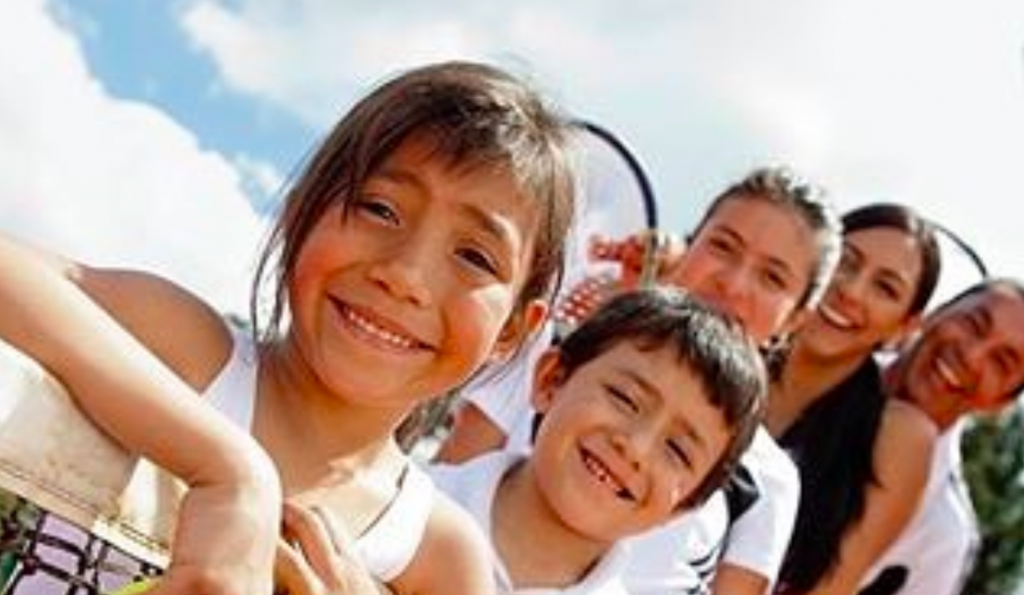The 2018 Physical Activity Council Participation Report found a moderate rise in participation for many sports and activities, including fitness sports, outdoor sports and winter sports. On the downside, the study identified a continuing trend toward the affluent getting more active while the less affluent are becoming more inactive.
For the last five years, inactivity among household incomes under $50K has increased, and at a steady rate.
According to the study, 42 percent of households making an annual income of less than $25,000 are now reporting to be inactive, with that figure coming to 33.8 percent for households between $25,000 to $49,999.
Among upper-income brackets, only 18 percent of households making $100,000 or more are inactive, and 20.8 percent for households between $75,000 and $99,999. Overall, household segments making up income of $75k or more reduced their inactivity rates by 3 percent on average over the last five years.
Inactivity rate have steadily lowered in both groups over the last five years. Among households making between $50,000 and $74,999, the inactivity rate was 25.9 percent, a rate that is essentially flat versus five years ago.
“Americans in substantial numbers continue to be engaged in a wide variety of sports, fitness and outdoor activities,” said Tom Cove, president and CEO of Sports & Fitness Industry Association (SFIA). “But trends that suggest financial resources determine activity levels need to be addressed.”
Another concern in the report was that inactivity rates among Americans ages 65 and up have increased nearly 2 percent in the past year, surpassing 40 percent overall for this age group. This inactivity rate is nearly 10 percent greater than the inactive population just years younger, in the 55-64 age group.
Overall, 28 percent of the population, 82.4 million Americans, are inactive, remaining flat over the last five years. Those admitting to being inactive and those fitting the fitness junkie level remained the same over the last five years. The “more active” participant–just below the fitness junkies–have become more active over the last five years, while more casual participants became less active over that period.
Of the 216.0 million Americans who were active, well over half, 127.5 million, participated at the maximum three times a week. Around 62 million participated in low calorie burning activities
Young kids, ages 6 to 17, who tend to be more active overall, focus on team sports and outdoor activities, while Boomers prefer fitness activities, especially low impact activities such as aquatic exercise, cycling and walking. Millennials are more likely than the other generations to participate in water sports, such as stand up paddling, boardsailing and surfing.
Other findings:
- The largest focus of activities continues to be toward fitness sports. Winter sports gained the most of all categories, increasing 2 percent over the last year.
- Fitness sports/activities continue to have the highest participation rates; having 64 percent of the US population ages 6 and over engaging in activities like running/jogging, high intensity/impact training, row machines and swimming. Outdoor activities remained second, but was flat from 2016, seeing an increase in day hiking and backpacking, but lost participants in canoeing and adventure racing.
- The top aspirational activity for all age segments was outside, ranging from camping to biking to birdwatching. While camping appears to be in the top three across age groups, solo adventures are becoming a lost art and most people who aspired to camp will do so if they have someone to do it with. People want to experience the outdoors, fitness classes, teams sports, etc. with a partner.
- Asked what would help non-participants involved, the top three answers were the same with similar rates over the last three years: having someone to take part with, 43 percent; having a friend take me along, 31.7 percent and being in better health, 24.9 percent. Having fewer family or work commitments ranked just below those levels.
- Seventy-eight percent of individuals who had PE in school remain active.
The study was based on a total of 30,999 online interviews carried out during 2017 with a nationwide sample of individuals and households from the US Online Panel of over one million people operated by IPSOS.
The Physical Activity Council (PAC) is made up of eight leading industry organizations: International Health, Racquet, & Sportsclub, Association (IHRSA); National Golf Foundation (NGF); Outdoor Foundation (OF); Snowsports Industries America (SIA); Sports & Fitness Industry Association (SFIA); Tennis Industry Association (TIA); United States Tennis Association (USTA) and USA Football. The full version of the 2018 Participation Report can be found at PhysicalActivityCouncil.com.
Photo courtesy SFIA
















